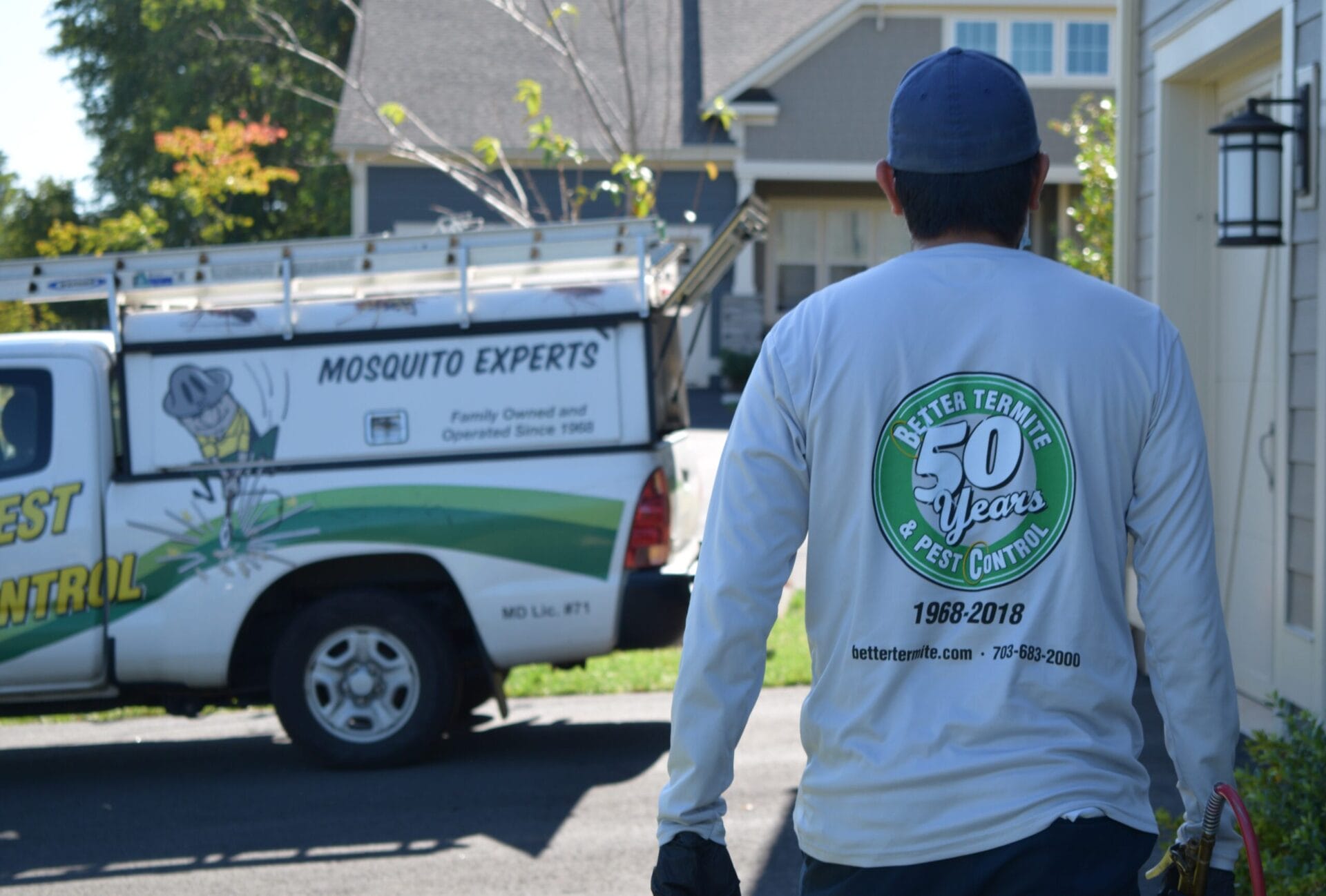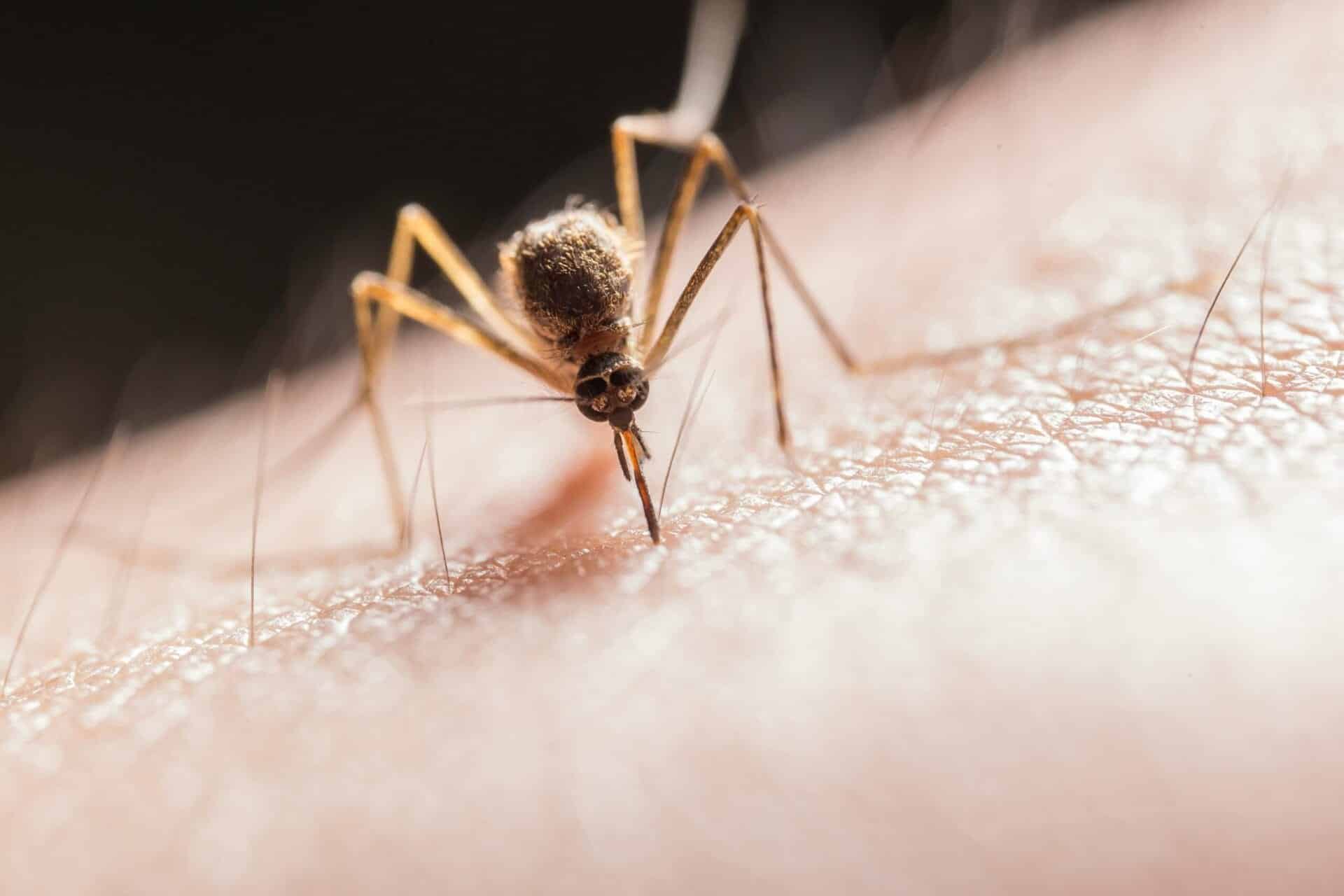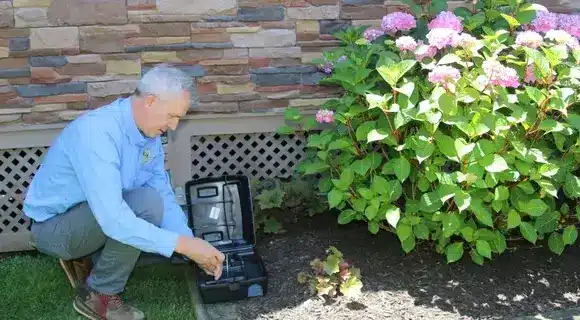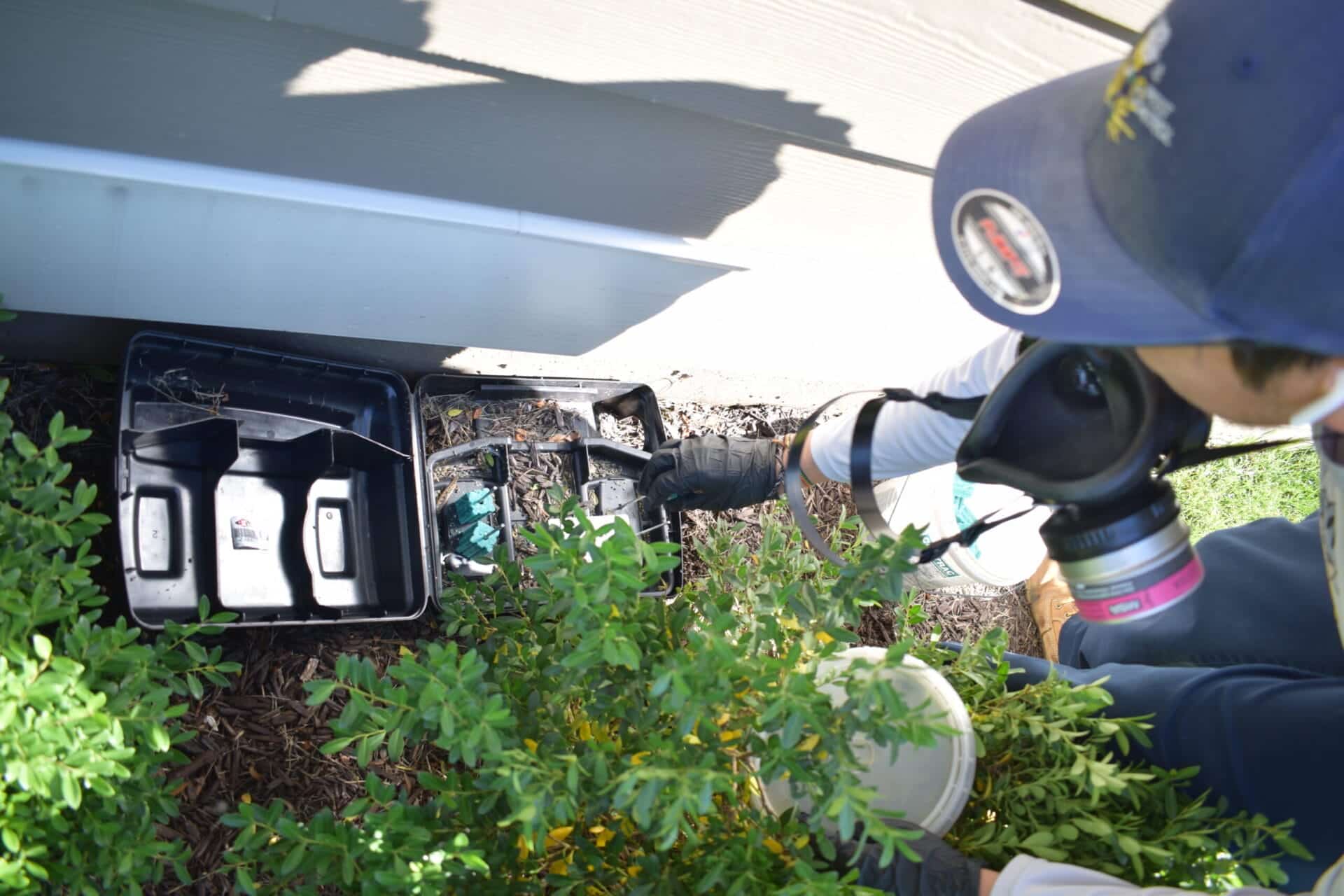


Rats can turn up in basements, attics, or even sewer systems around your home. As a licensed technician since 2015, I’ve helped hundreds of homeowners in Old Town get rid of rat infestations with Better Termite and Pest Control. Our four-step rodent protocol makes it easy to identify different types of rats and choose the right treatment. Whether you spot a brown rat near trash or a roof rat in a tree, knowing your pest speeds up solutions and cuts health risks.
Identify different types of rats to set the right traps and bait. A rodent like a norway rat in ground burrows needs a different spot than a roof rat in attic rafters. Also, knowing which rat you have guides you on disease risks like leptospirosis or rat bite fever. Plus, we avoid harming native wood rats and focus control on invasive species. Especially here, we deal with different species of rats, so accurate ID matters.
Rats and mice look alike but they are different species. Common terms rat and mouse confusion can send a homeowner chasing the wrong pest. Rats are larger, about 6 to 10 inches long, while a mouse measures only 2 to 4 inches. Droppings also differ: rat droppings are capsule shaped, mouse droppings are pointed.
For more on rats and mice, check out What Are The Differences Between Rats And Mice. Also see Effective Tips to Keep Mice Outside Your Home.
Brown rats and black rats are the most common rats found in homes. Rats in north america include commensal rat types and native rodents. Rats are omnivorous, eating seeds, fruits, and even small animals. Outside urban areas, you may see wood rats or marsh rats in tidal marshes. Home intrusions usually involve two species: the brown rat and the black rat. True rats share a keen sense of smell, long tail, and sharp incisors. Wild rats often live in alleyways and under porches, whereas native rodents avoid homes.
A black and brown rat may show traits of both roof rat and brown rat, making ID tricky. Each rat shows unique traits. Body-to-tail ratio is a simple mnemonic: sewer rats (brown rats) have short tails; roof rats have long tails. Fur color ranges from common black and brown to gray to grayish brown. Droppings help too: blunt-ended from Rattus norvegicus; pointed from Rattus rattus.
Rats live in specific habitats. Norway rats dig burrows 2–3 inches wide with soil “doorsteps.” Roof rats leave grease rubs and gnaw marks high on rafters. You may hear scratching or scurrying at night. These clues confirm a rat infestation.
Rat infestations can cause serious diseases in your home. Understanding which disease links to which rat helps direct cleanup and disinfection. In urban areas, Norway rats pose risks after wet seasons; coastal homes face hantavirus from marsh rats.
Leptospirosis spreads when rat urine contaminates water or soil near homes, according to the CDC. Norway rats are main carriers in city alleys. Rat bite fever arises from scratches or bites by both brown rat and roof rat. Always wet disinfect droppings before cleaning to lower risk of aerosolized bacteria.
Black rat populations carried bubonic plague across continents via rat flea bites in the Middle Ages. Today, plague risk is low but historic. Marsh rice rat can harbor Bayou strain hantavirus in tidal marsh areas. Use wet cleanup to avoid stirring up hantavirus particles.
Salmonellosis hits when rats contaminate food with droppings or urine. Both brown rat infestations and roof rat droppings can spread Salmonella. LCMV mostly links to mice, but roof rats may carry it in nesting materials. Always wear gloves and mask when cleaning nests.
Watching for rat signs helps stop a rat problem early. Look for capsule-shaped droppings in cabinets or along walls. Gnaw marks on boxes, wires, and food packaging are common. You may notice nests of shredded paper tucked in corners or appliances. Remember, rats are omnivores, so any spilled food or pet feed can attract them.
Follow these steps to prevent rats:

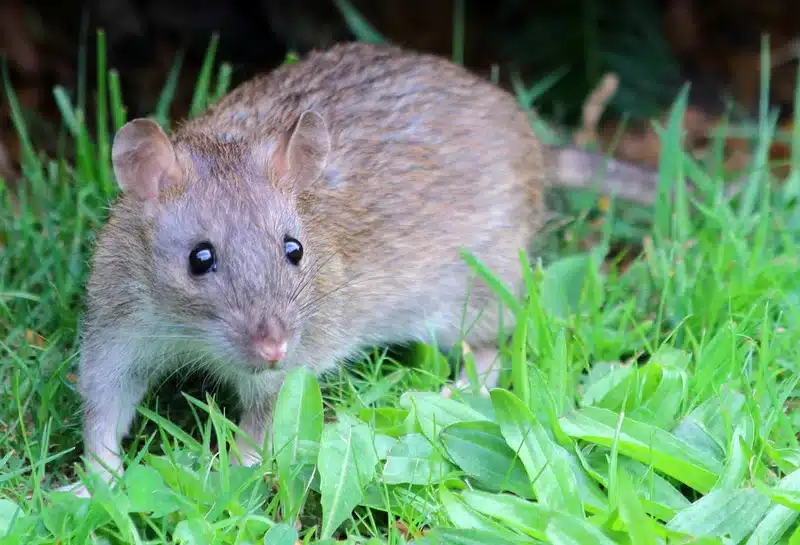
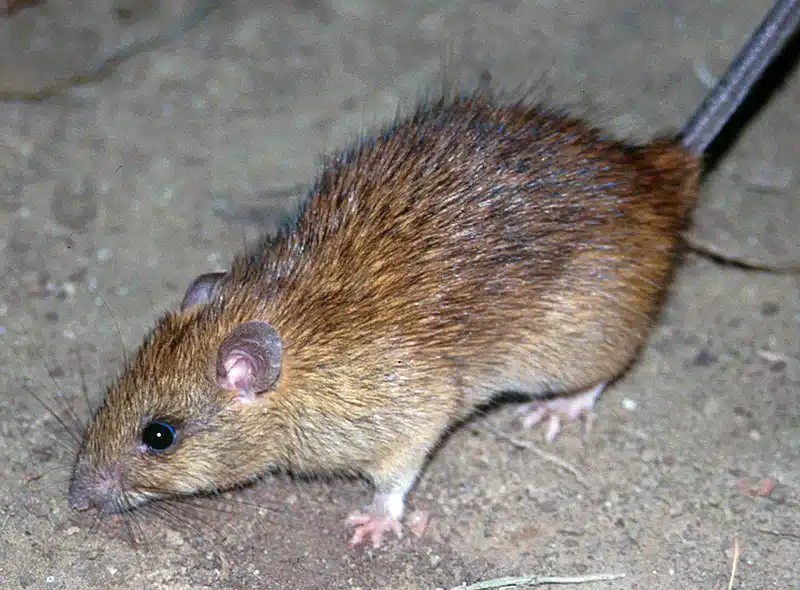
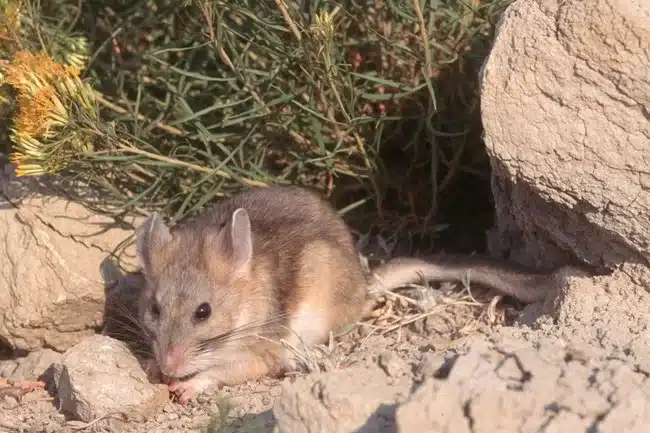
For rodent and rat control, choose snap traps or tamper-resistant bait stations indoors. Avoid loose rat poison, which can harm pets and wildlife. Our baiting and station guidelines follow the MDA’s IPM manual.
Since 2015, our licensed technicians in Old Town Alexandria use a proven four-step rodent protocol. We start with a 78-point inspection to map hot spots for rats and mice. Next, we place strategic tamper-proof stations with bait. Follow-ups at one and three weeks check progress. Finally, quarterly maintenance prevents rats from coming back.
Choose a pest control company with registered technicians and local expertise. We offer direct phone consultations with a licensed technician—no phone tree. Plans have no binding contracts and include free unlimited callbacks. Our family-owned business dates back to 1968, with over 300 years of team experience. We serve Old Town through Rodent Control Alexandria and nearby Reston via Rodent Control Reston.
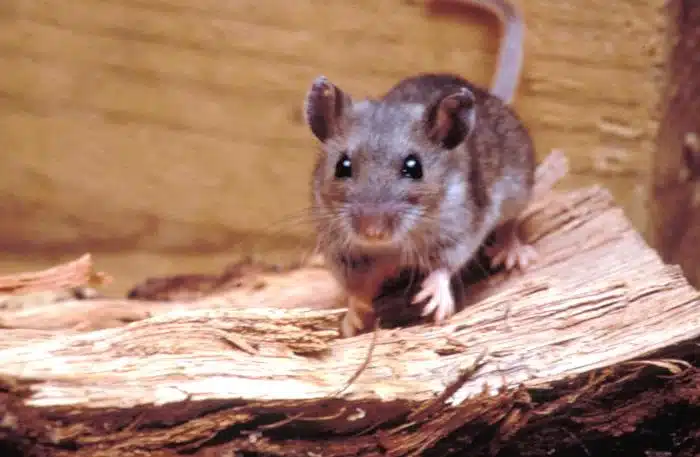
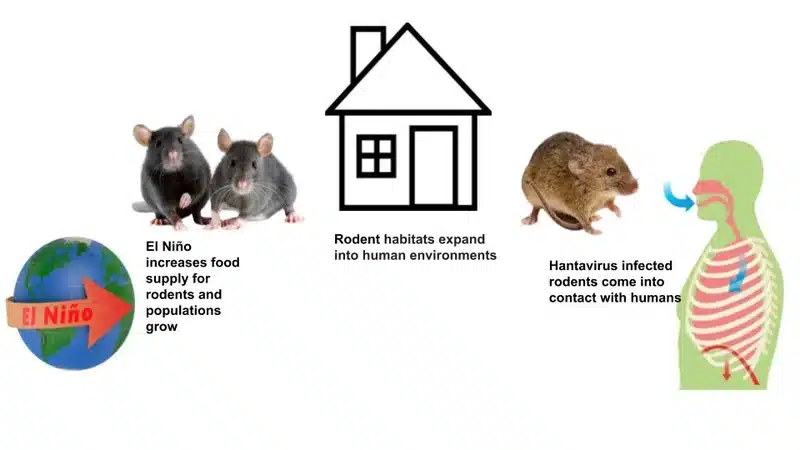
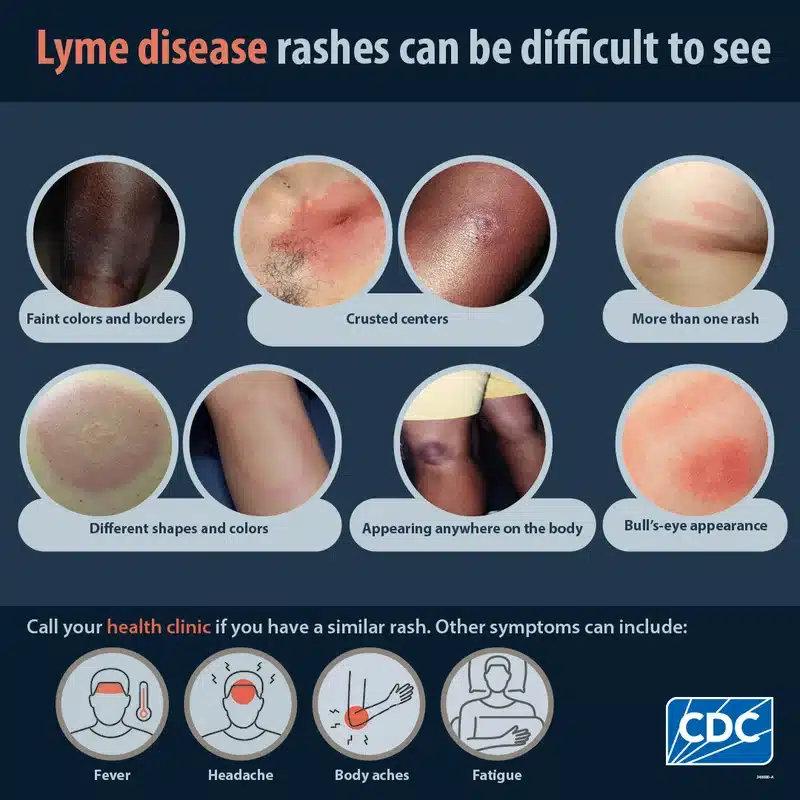
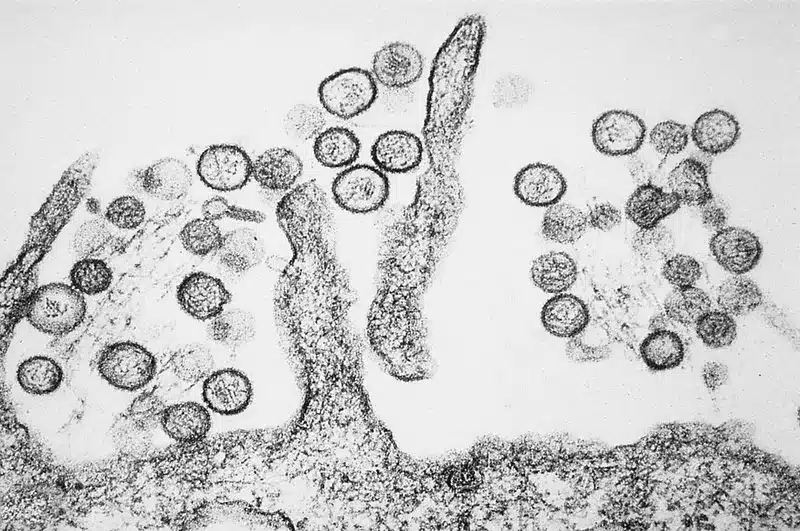
Knowing what you’re up against helps you stop rats fast. From a brown rat in a basement to a roof rat in attic rafters, you can spot your problem by size, tail length, or droppings. Call us for help identifying and treating any rat infestation. For questions or an estimate, call 703-683-2000 or email info@bettertermite.com.
The two primary commensal rat species are the brown rat (Norway rat) and the black rat (roof rat). Each has unique habits, body shapes, and control methods.
Among common species, the brown rat often acts more aggressively around food sources and in burrow defense, leading to bigger rat infestations.
Domestic rats, or lab rats, are bred for calm temperaments. They differ from wild brown rats in behavior and health, making them ideal pet rats.
Wood rats, pack rats, and large house mice can be confused with small brown rats. Check tail fur, body length, and droppings to be sure.
Seal entry points bigger than ½-inch, remove food sources, and trim plants away from walls. Regular inspections and preventive rodent control can keep rats out.

With five years of hands-on experience in the pest control industry, George Schulz is a registered technician with the Virginia Pest Management Association and a proud third-generation professional in a family business that’s been protecting homes for over 57 years. He manages and trains a team of service pros while also leading internal research efforts—recently spearheading a deep-dive review of thousands of documents on pest control materials to hand-pick the most kid and pet friendly, most effective solutions tailored specifically for homes in the DC metro area. Read his bio.

